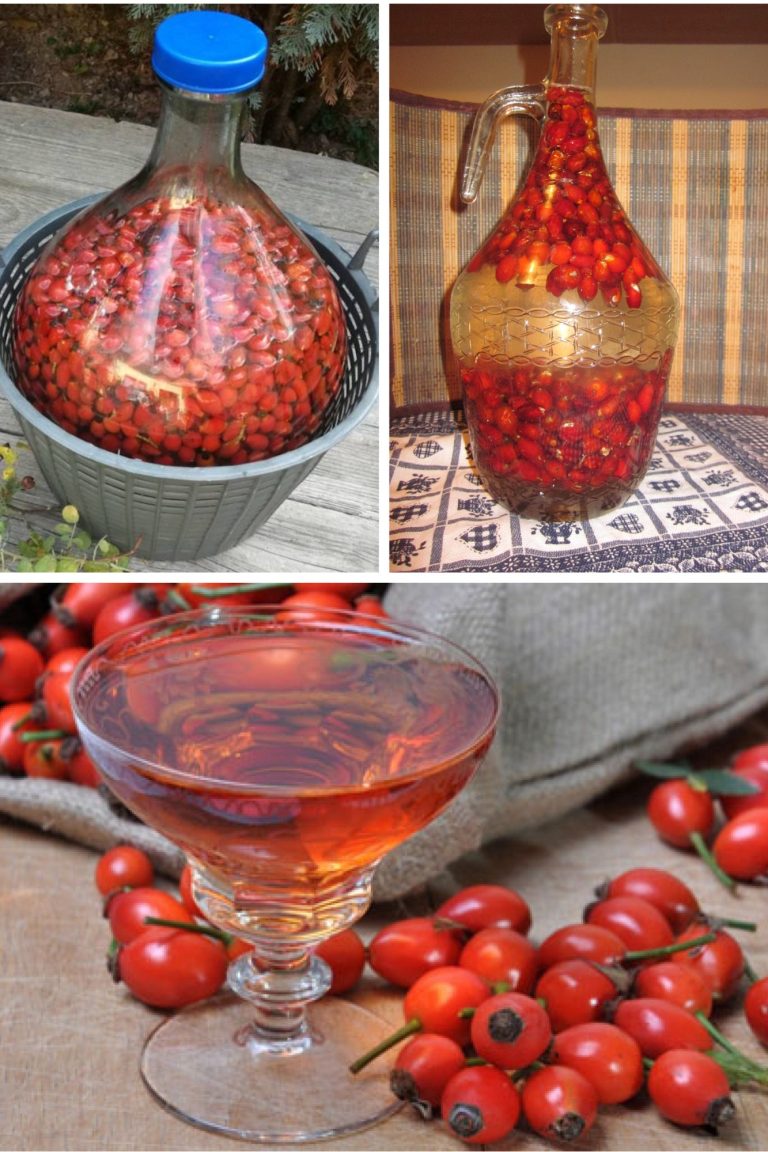ADVERTISEMENT
Second fermentation:
Transfer the wine to another clean vessel, leaving the sediment behind.
Seal the vessel with a fermentation stopper and let it ferment for another 2-4 weeks.
Bottling:
Once fermentation is complete, bottle the wine and seal it with corks.
Let the wine mature in a cool, dark place for at least a few months before consuming.
Important Considerations:
Hygiene: Hygiene is essential when making homemade wine. Make sure all utensils and containers are clean and sterilized.
Fermentation: Fermentation can vary depending on temperature and other factors. Monitor the process closely.
Clarification: If the wine is cloudy, you can clarify it using wine fining agents available at specialty stores.
Safety: Homemade winemaking involves the fermentation of sugars, which produces alcohol. Consume in moderation.
Additional Tips:
You can adjust the amount of sugar to obtain a sweeter or drier wine.
Experiment with different spices, such as cinnamon or cloves, to add flavor to the wine.
If you are new to homemade winemaking, it is recommended to start with simple recipes and follow the instructions carefully.
I hope you enjoy your homemade rosehip wine.
ADVERTISEMENT
